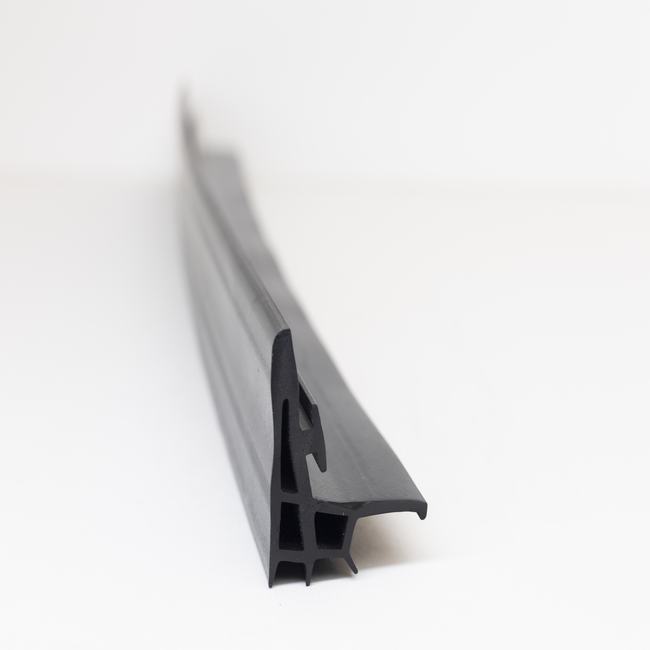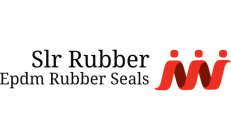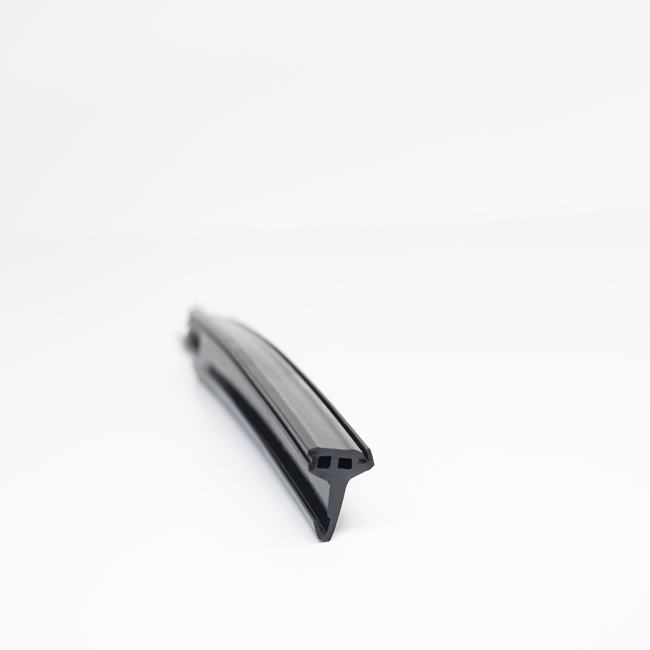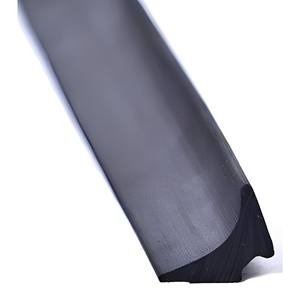Dilatation seals, often referred to as expansion joints or expansion seals, are essential components in various engineering and construction applications. These specialized devices play a crucial role in managing the effects of thermal expansion, contraction, vibration, seismic activity, and other dynamic forces in a wide range of structures and systems, ensuring their integrity, safety, and longevity.
Here is a comprehensive description of dilatation seals, their functions, types, materials, and applications:
Functions of Dilatation Seals:
- Compensating for Thermal Expansion and Contraction: One of the primary functions of dilatation seals is to accommodate the thermal expansion and contraction of materials. In structures like bridges, buildings, pipelines, and industrial equipment, temperature variations can cause materials to expand and contract. Dilatation seals prevent damage and maintain the structural integrity by absorbing these movements.
- Vibration and Movement Isolation: Dilatation seals are also used to isolate and absorb vibrations and movements in various mechanical and structural systems. This is especially critical in structures near railways, roads, or in industrial settings where vibrations from machinery can affect the integrity of the structure.
- Seismic Movement Absorption: In seismically active regions, dilatation seals are designed to absorb the movement and shock caused by earthquakes, reducing the risk of structural damage or collapse.
- Sound Insulation: Some dilatation seals have sound-insulating properties, which can be beneficial in structures where noise reduction is necessary, such as in buildings near airports, highways, or industrial zones.
Types of Dilatation Seals:
- Expansion Joints: These are flexible connections installed in structures to allow for movement while maintaining a degree of watertightness. They are commonly used in bridges, buildings, and pipelines.
- Metal Bellows Expansion Joints: These are specifically designed for high-temperature and high-pressure applications, often found in industrial equipment, power plants, and chemical processing facilities.
- Rubber Expansion Joints: These are made of elastomeric materials and are used in applications where flexibility, chemical resistance, and noise isolation are required. They are often used in HVAC systems and piping.
- Modular Expansion Joints: These are designed to be easily replaced and are often used in bridges and other large structures where long-term maintenance is a consideration.
- Sliding Bearings: These are used in bridges and other structures to allow for lateral movement while bearing vertical loads.
Materials Used:
Dilatation seals can be made from various materials, including:
- Rubber or Elastomers: Common in expansion joints for their flexibility and resistance to chemicals and weather.
- Metal: Stainless steel, carbon steel, or other alloys are used in metal bellows expansion joints for their durability and high-temperature resistance.
- Composite Materials: Some expansion joints use composite materials to provide a combination of flexibility and strength.
Applications:
Dilatation seals are used in a wide range of applications, including:
- Construction: In buildings, bridges, and tunnels to accommodate structural movement and maintain waterproofing.
- Pipelines: In the oil and gas industry to absorb movement caused by temperature changes and ground settlement.
- Industrial Facilities: In power plants, chemical plants, and manufacturing facilities to manage thermal expansion and contraction in piping and ductwork.
- Transportation: In road and rail bridges to accommodate traffic loads and movement due to temperature changes.
- HVAC Systems: In heating, ventilation, and air conditioning systems to absorb vibrations and noise.
- Aerospace: In aircraft and spacecraft to manage movement and vibration.
In summary, dilatation seals are versatile and crucial components in various engineering and construction scenarios. They are designed to absorb and accommodate the dynamic forces and movements that structures and systems experience, ensuring safety, durability, and functionality in a wide range of applications.







